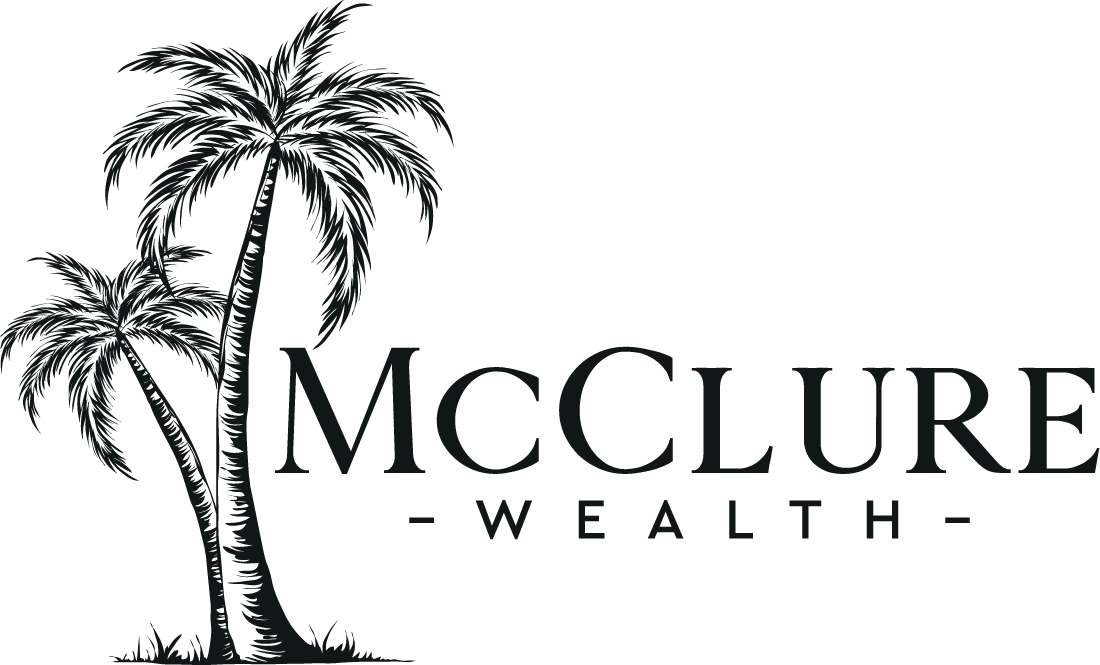Target Date funds are tailor-made mutual funds that automatically adjust asset mixes to become more conservative as investors approach retirement age. These types of funds are popular with 401(k) advisors because they offer a single fund to create a retirement portfolio versus having to choose and track many investments. As an example, a younger worker retiring in 2055 would pick a target-date 2055 fund, while an older worker hoping to retire in 2030 would choose a target-date 2030 fund.
Below we’ve outlined several characteristics to consider when selecting Target Date funds:
1. Investment Horizon
Are you looking for short-term gains or a longer-term investment to grow over time? That question will help you determine your investment horizon and if it makes more sense to be in a longer-dated target date fund or shorter-term fund. Knowing when you would like to retire helps place you in the appropriate target fund. Speak with your financial advisor to learn more about determining an appropriate investment horizon.
2. Risk Appetite
Everybody has different risk levels, and some people are more comfortable with value investments versus growth, or low beta stocks versus high, etc. Your risk appetite will depend on many things including your investment education, experience, and how risk tolerant you are to market volatility. The less risk-tolerant you are, the more you’ll want to be in asset classes and target dates that are closer in time horizon because the investments are considered less risky by design. Of course, nothing is guaranteed so keep that in the back of your mind and always understand that assets can lose money.

3. Glide Path
A target date glide path is how the fund’s asset allocation is supposed to change as you age. Typically, as an investor gets closer to retirement age, managers of target date mutual funds adjust risk by holding more bonds vs. stocks. You can always change your risk levels to be more aggressive by choosing longer target-date funds or less aggressive by choosing target dates that are shorter in time. Reviewing your investments in the target-date fund is something that should be done periodically to ensure the manager has not drifted from the way it said it would allocate funds over time. If the glide path has changed, talk with your financial advisor and make sure you are comfortable with the change.
4. Automatic Enrollment
Some employers will automatically enroll you in a target-date fund if you are a participant in their defined contribution plan. We recommend taking time to understand the fund. If you find it’s not the best option, talk with your financial advisor to choose the best option for you.
5. Diversification
While diversification does not ensure a profit or protect against loss in a declining market, target dates create diversification with broad and balanced portfolios. To achieve this on your own, you would need to spend significant time educating yourself on the nuances of financial markets and analyzing company income statements. This commitment is unrealistic for most people, so it’s often best to diversify using target-date funds and invest over the long-term.
6. Type of Target Date
There are two different types of target date funds. One is “through” retirement while another is “to” retirement. The “through” target dates continue to adjust their stock and bond mix while the “to” target date funds stop entirely. Most target dates that are available follow “through” retirement. It’s important to understand whether your investments are “to” or “through” target dates so that you are ready when the target date reaches its maturity.





